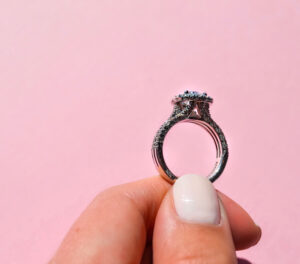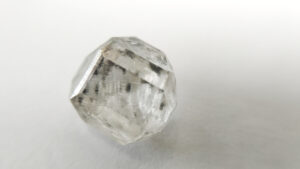
The term CVD refers to chemical vapor deposition, a method of growing diamonds in a lab. It is unlike HPHT, another process that is commonly utilized for making lab grown diamonds. Using CVD results in artificial diamonds, but these are the same as natural diamonds. It is not possible to differentiate between natural diamonds and CVD diamonds with no specialized equipment. Keep reading to know more about artificial diamonds.
CVD Diamond Properties
The stones have the same set of properties as mined diamonds, including the same chemical makeup, internal structure and physical beauty. Similar to mined diamonds, the properties of their CVD counterparts include amazing durability and intense sparkle. Various institutions grade these diamonds for their color, clarity, carat weight and cut.
CVD may result in human-engineered diamonds, but these can have the same imperfections as mined diamonds as well as can develop tints and flaws inside them as they grow. Flawless CVD stones are rarely found; some of these are poorly colored and heavily included, whereas others are colorless and have minuscule imperfections. Look for a diamond that comes in the D-F color grade and SI1 to VS2 clarity grade to ensure that it is top-notch and offers a good bang for your buck.
Even a gemologist may be unable to tell a CVD stone and its natural counterpart apart. Why? Because the use of the CVD method results in diamonds with the same optical, chemical and physical properties as their natural counterparts. This is why you should look for an indication of its origin from the IGI or GIA certificate as you shop for lab diamond rings. Besides that, determining whether it is a man-made diamond requires using purpose-built laboratory equipment.
The Steps In The Process Of CVD Diamond Growing

- The manufacturer places a diamond seed inside a closely secured chamber.
- It then heats the chamber to about 1470°Fand floods the chamber with gas rich in carbon content.
- Then, the gaseous substance will ionise and break down into a pure form of carbon.
- The carbon molecules will bind to the seed.
- The process will continue up to the formation of a diamond.
CVD diamond production necessitates a highly-specialized and scientific process, which has been made perfect over several decades. It is important to create jewelry-quality diamonds efficiently and in a realistically speedy manner. Besides the diamond industry, CVD often works as a scientific method of creating numerous solid materials for the semiconductor sector.
